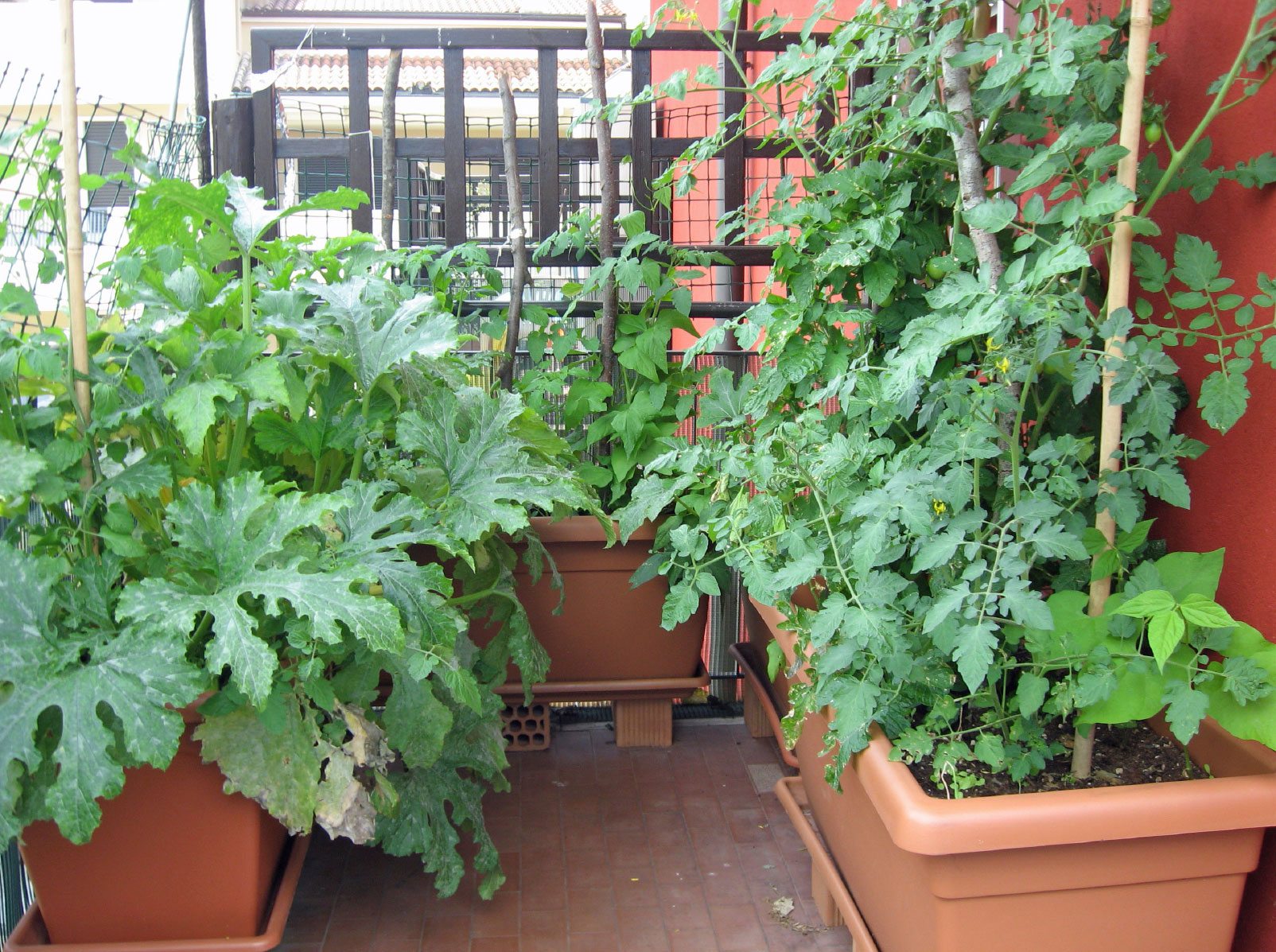Getting My City Blooming To Work
Table of ContentsCity Blooming Fundamentals ExplainedThe Best Strategy To Use For City BloomingThe Only Guide for City BloomingEverything about City Blooming7 Simple Techniques For City Blooming
Interested in expanding food offer for sale in the City of Chicago? Believing regarding beginning a community yard? Modifications to the Chicago Zoning Ordinance permit farming usages like community yards and urban ranches in numerous parts of the city. Below is a list of regularly asked inquiries relating to the policies and guidelines that cultivators ought to consider when planning a metropolitan farming project.
The zoning amendment does not change any type of other codes managing composting, building permits, acquiring or leasing City had building, company licenses or ecological contamination. There are existing codes that control these problems and they stay in complete result and may be suitable to your project. Area gardens are usually owned or taken care of by public entities, public organizations or community-based companies and kept by volunteers.
Urban farms expand food that is intended to be marketed, either on a not-for-profit or for-profit basis. Due to their commercial purpose, metropolitan farms require a service permit.
The smart Trick of City Blooming That Nobody is Talking About
Composting is permitted but just for plant material that is generated and utilized on site. The quantity of garden compost product can not exceed 25 cubic yards at any type of provided time according to the standards in 7-28-715 of the City's Municipal Code. Yes. Due to the fact that the soil at the majority of new yard sites needs modifying, compost, soil, wood chips, or other materials can be obtained to construct or improve the expanding space - garden care.

If a building authorization is required after that the hoophouse will be thought about an accessory building. You can learn more concerning the structure permit requirements by speaking to the Department of Structures. The 25,000-square-foot size restriction is planned to stop a solitary neighborhood yard from dominating an offered block or diminishing the block's existing household or industrial character.
The limitation does not apply to gardens situated in Public Open Space (POS) districts. Can there be more than one community garden that is 25,000 square feet on a solitary block? Secure fencing is not needed, nonetheless, yards that have huge car park locations might be called for to set up secure fencing or other landscape design features.
City Blooming Things To Know Before You Buy
B1 & B2 areas require that all commercial use tasks be conducted inside. R areas limit business task. The regulations mirror the purpose and intent of the Zoning Code. Is secure fencing needed for metropolitan farms? Yes. Fencings may be needed, in addition to landscaping and testing, for certain auto parking locations and outdoor work or storage space locations relying on area and the particular activity happening.
Yes. Urban ranches require building authorizations and zoning approvals prior to construction. Other types of city evaluation might be required depending on particular structures, tasks, size, landscape design, licensing, public heath and stormwater administration issues. Several of these requirements are recognized in the project layout or allowing process, however, the candidate might be liable to independently identify specific licenses or allows that may be required.
Yes. The sort of certificate is figured out by what is occurring at the site. The Department of Organization Affairs and Consumer Protection can assist figure out the particular kind of organization permit that's required. Yes. Off street parking is needed for many industrial tasks in Chicago. The needed number of garage is based upon the variety of staff members servicing website and not the square footage of the expanding area.
Our City Blooming PDFs

A city farm can sell garden compost material generated on website, browse around this site however, the operation must comply with the regulations in 7-28-715 of the Chicago Municipal Code. Aquaponic systems are enabled inside your home on urban farms in lots of zoning districts.
Approximately 5 hives or nests of honey bees may be maintained as an accessory usage. Nonetheless, beekeepers have to register with the Illinois Department of Farming. For more details concerning the proposed zoning modification you might get in touch with the Division of Real Estate and Economic Advancement, Bureau of Preparation and Zoning at 312.744.8563.
Farming in cities and metropolitan locations An urban farm in Chicago. Urban farming refers to various practices of cultivating. https://www.intensedebate.com/people/cityblooming1, handling, and dispersing food in metropolitan locations. The term likewise puts on the area activities of pet husbandry, tank farming, beekeeping, and cultivation in an urban context. Urban agriculture is differentiated from peri-urban farming, which occurs in rural areas beside residential areas.
Everything about City Blooming
It can include a motion of organic growers, "foodies" and "locavores", who seek to form social networks based on a shared principles of nature and area holism. These networks can develop using official institutional support, coming to be integrated right into neighborhood town preparation as a "transition community" movement for sustainable metropolitan growth.
In either instance, the extra straight accessibility to fresh veggie, fruit, and meat products that may be know via urban agriculture can boost food safety and food safety and security while reducing food miles, leading to reduced greenhouse gas exhausts, therefore adding to environment change mitigation. Some of the first evidence of urban farming comes from Mesopotamia.